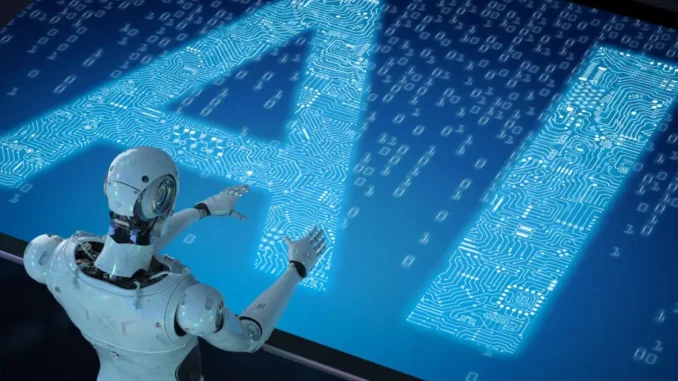
AI job displacement and transition is a significant topic in the discourse around technological advancement and its impact on the workforce. Here are some key points to consider:
### 1. **Nature of Job Displacement**- **Types of Jobs Affected**: Jobs that involve repetitive tasks, data processing, and basic customer service are more vulnerable to automation. Examples include assembly line workers, data entry clerks, and some retail positions.










– **Speed of Change**: The pace of AI integration varies by industry. Sectors like manufacturing and logistics may see quicker displacement compared to fields like healthcare and creative industries, where human judgment and creativity are vital.
### 2. **Historical Context**
– **Previous Waves of Automation**: Historically, technological advancements have led to job displacement (e.g., the Industrial Revolution). However, new job creation often follows these events, although the transition can be challenging.
### 3. **Job Creation Potential**
– **New Roles**: While AI may displace certain jobs, it can also create new opportunities in areas such as AI maintenance, data analysis, and algorithm development.
– **Enhancing Existing Roles**: Many jobs will not vanish but will evolve to require new skills. Workers may find their roles augmented by AI tools that improve efficiency.
### 4. **Skill Gaps and Workforce Transition**
– **Reskilling and Upskilling**: A critical response to AI displacement is the focus on reskilling workers for new roles. Programs need to address the skills gap, emphasizing technology, critical thinking, and soft skills.
– **Lifelong Learning**: There’s an increasing need for lifelong learning, where workers continuously update their skills to keep pace with technological advancements.
### 5. **Role of Education and Policy**
– **Education Systems**: Educational institutions need to adapt curricula to prepare students for a rapidly changing job market, emphasizing STEM (Science, Technology, Engineering, Mathematics) and digital literacy.
– **Government Policies**: Policymakers can play a role by providing safety nets for displaced workers, such as unemployment benefits, retraining programs, and incentives for industries that create jobs.
### 6. **Ethical Considerations**
– **Equity**: Job displacement may disproportionately affect low-income workers or those in underrepresented communities, raising concerns about fairness and social equity.
– **Mental Health**: The psychological impact of job displacement can be profound. Support systems and mental health resources are crucial during transitions.
### 7. **Future Perspectives**
– **Human-AI Collaboration**: The future may not be one of replacement but of collaboration. Understanding how humans and AI can work together will be essential for maximizing productivity and job satisfaction.
– **Sector-Specific Impacts**: Different industries will experience AI impacts in varied ways; some may thrive, while others might face significant challenges.
### Conclusion
AI job displacement and the transition to new employment paradigms require proactive strategies encompassing education, policy, and support for affected workers. By fostering an adaptable and resilient workforce, society can harness the potential of AI while mitigating its challenges. The goal is a transition that is not only productive but also equitable and inclusive.


Leave a Reply